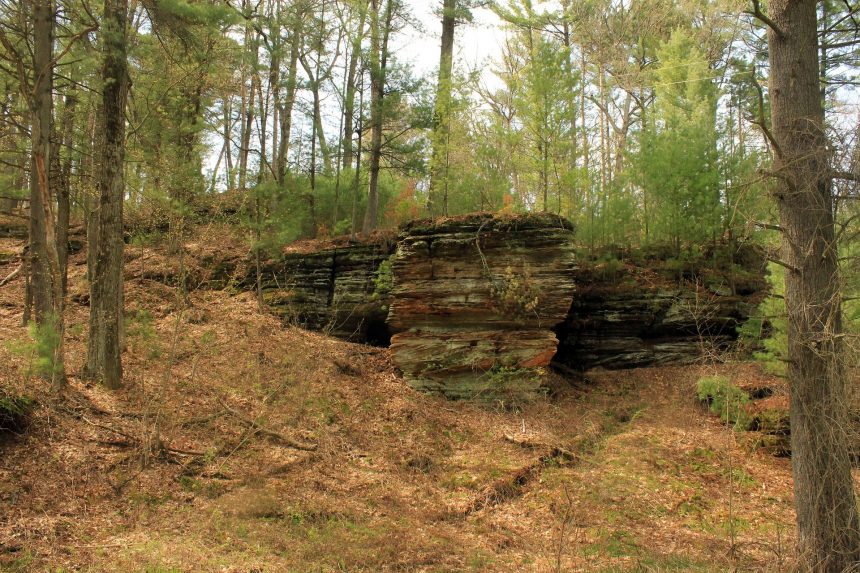Wisconsin is a state known for its natural beauty, with vast forests, pristine lakes, and abundant wildlife. However, with increased development and population growth, the state’s environment is facing numerous challenges. In recent years, Wisconsin has taken steps to protect its natural resources and promote conservation efforts. In this article, we will explore some of the initiatives being undertaken in Wisconsin to preserve the environment.
Clean Energy
Wisconsin is committed to reducing its carbon footprint and promoting the use of renewable energy sources. The state has set a goal to have 25% of its energy come from renewable sources by 2025. Wisconsin has also established several programs to encourage the use of solar and wind energy, including incentives for homeowners and businesses that install solar panels or wind turbines.
Water Conservation
Water is a precious resource in Wisconsin, and the state has implemented several measures to conserve it. The Wisconsin DNR (Department of Natural Resources) has established water conservation programs that aim to reduce water waste and protect water quality. These programs include water conservation education, water-efficient appliances, and landscape irrigation systems that use less water.
Wildlife Protection
Wisconsin is home to many species of wildlife, including deer, bears, wolves, and eagles. The state has implemented several programs to protect these animals and their habitats. The Wisconsin DNR has established wildlife management programs that aim to maintain healthy populations of game species and protect endangered species. The state also has programs that aim to reduce human-wildlife conflicts, such as deer-vehicle collisions.
Sustainable Agriculture
Wisconsin is known for its agriculture industry, and the state has taken steps to promote sustainable farming practices. The state’s agricultural extension program provides education and resources for farmers to reduce their environmental impact. The state also has programs that promote the use of cover crops, which can help prevent soil erosion and improve soil health.
Conclusion
Conserving the environment is crucial for the well-being of both humans and wildlife. Wisconsin is taking steps to protect its natural resources and promote sustainable practices. From clean energy to wildlife protection, the state is committed to preserving its natural beauty for future generations. By raising awareness about these efforts, we can encourage readers to get involved in local conservation efforts and help protect Wisconsin’s environment. Together, we can make a difference in protecting the environment and ensuring a sustainable future.









